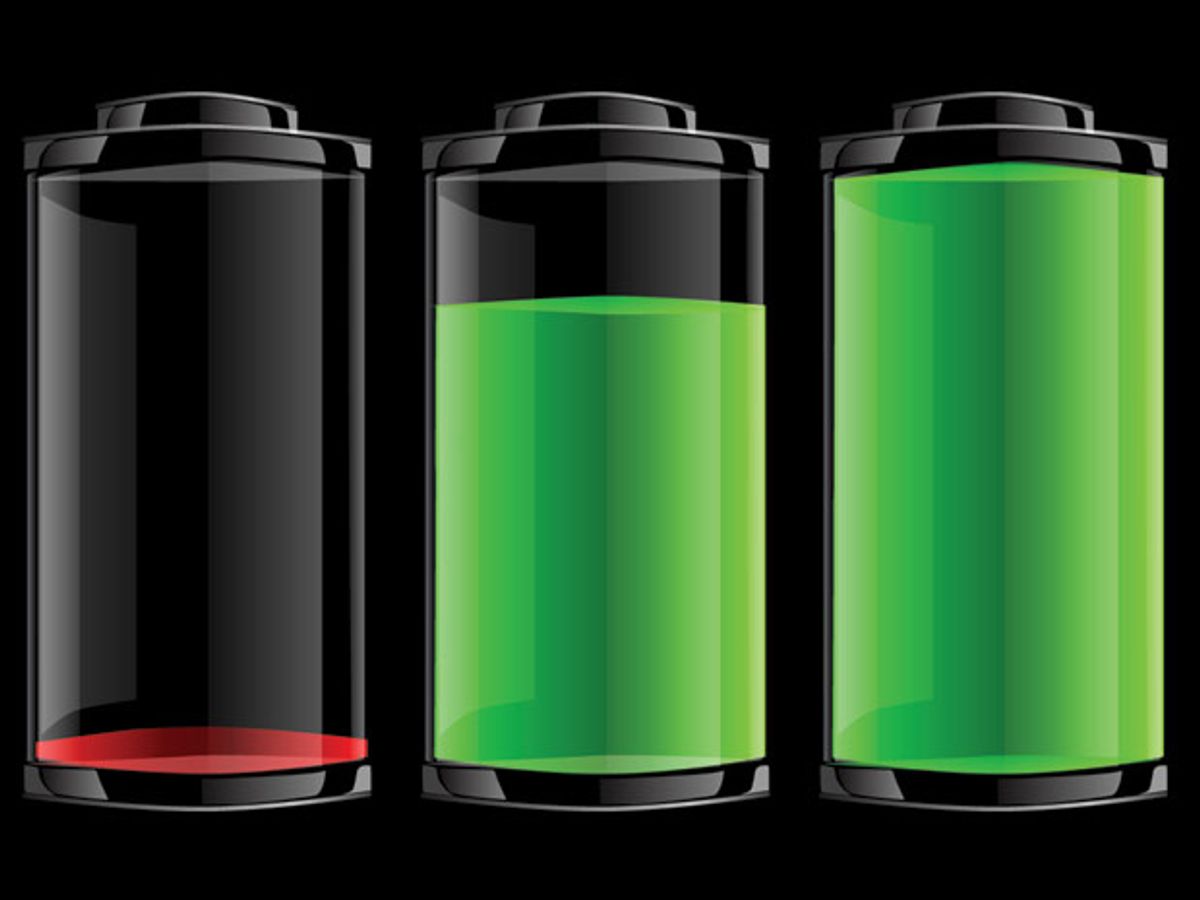The prospects for ubiquitous all-electric vehicles (EVs) powered by lithium-ion (Li-ion) batteries took a bit of a hit back in 2010, when then U.S. Secretary of Energy Steven Chu addressed the United Nations Climate Change Conference in Cancun and suggested that, for battery powered cars to replace those powered by fossil fuels, some pretty significant improvements would need to be made to current technology.
Chu said at the time: “It will take a battery, first that can last for 15 years of deep discharges. You need about five as a minimum, but really six- or seven-times higher storage capacity and you need to bring the price down by about a factor of three.” Chu suggested it might take another five years before such a battery would be developed, and he was almost exactly right in his prediction.
Researchers at the Nanyang Technology University (NTU) in Singapore have achieved at least some of those criteria by developing a Li-ion battery capable of 20 years of deep discharges, more than 10 times that of existing Li-ion batteries.
In addition to longer battery life, the new battery design can be charged up quickly so that it can reach 70 percent of its maximum charge in just two minutes.
These features tick at least two of the metrics that Chu and others have indicated are key to making all-EVs compete with those running on fossil fuels. This would mean that EV owners would not have to spend roughly $5000 every two years for a completely new set of batteries. It could also allow for a quick stop of just a couple of minutes to significantly increase the driving range of the vehicle.
The key to the new Li-ion battery is the replacement of graphite at the anode with nanotubes synthesized from titanium dioxide. This is a departure from a lot of recent work toward improved anodes; other research teams have been using nanostructured silicon in place of graphite.
“With our nanotechnology, electric cars would be able to increase their range dramatically with just five minutes of charging, which is on par with the time needed to pump petrol for current cars,” said Chen Xiaodong, an associate professor at NTU Singapore, in a press release.
The new nanotube material, which is described in the journal Advanced Materials, is produced relatively easily, according to the researchers, by taking titanium dioxide nanoparticles and mixing them with sodium hydroxide. The real key to getting the long titanium dioxide nanotubes the nanoparticles yield is conducting the stirring process at the right temperature.
The technology has been patented and has been licensed by a company that says it could get a new generation of fast-charging batteries to market in two years.
While battery life and recharging have been significantly improved with the new battery design, it’s not clear that new batteries have a longer charge life, or what is known as gravimetricenergy density (the amount of energy stored per unit mass). Instead, they have improved Li-ion’s relatively weak gravimetric power density (the maximum amount of power that can be supplied per unit mass) by eliminating the additives that are used to bind the electrodes to the anode. This allows the battery to transfer electrons and ions in and out of the battery more quickly. This translates into batteries that will last about the same amount of time on a charge as today’s current batteries, but can be charged up to near maximum very quickly.
NTU professor Rachid Yazami, who was the co-inventor of the lithium-graphite anode 34 years ago but not involved in this most recent research, has noted the significant improvement to Li-ion batteries this work represents.
Yazami said: “There is still room for improvement and one such key area is the power density—how much power can be stored in a certain amount of space—which directly relates to the fast charge ability. Ideally, the charge time for batteries in electric vehicles should be less than 15 minutes, which Prof Chen’s nanostructured anode has proven to do.”
Dexter Johnson is a contributing editor at IEEE Spectrum, with a focus on nanotechnology.



